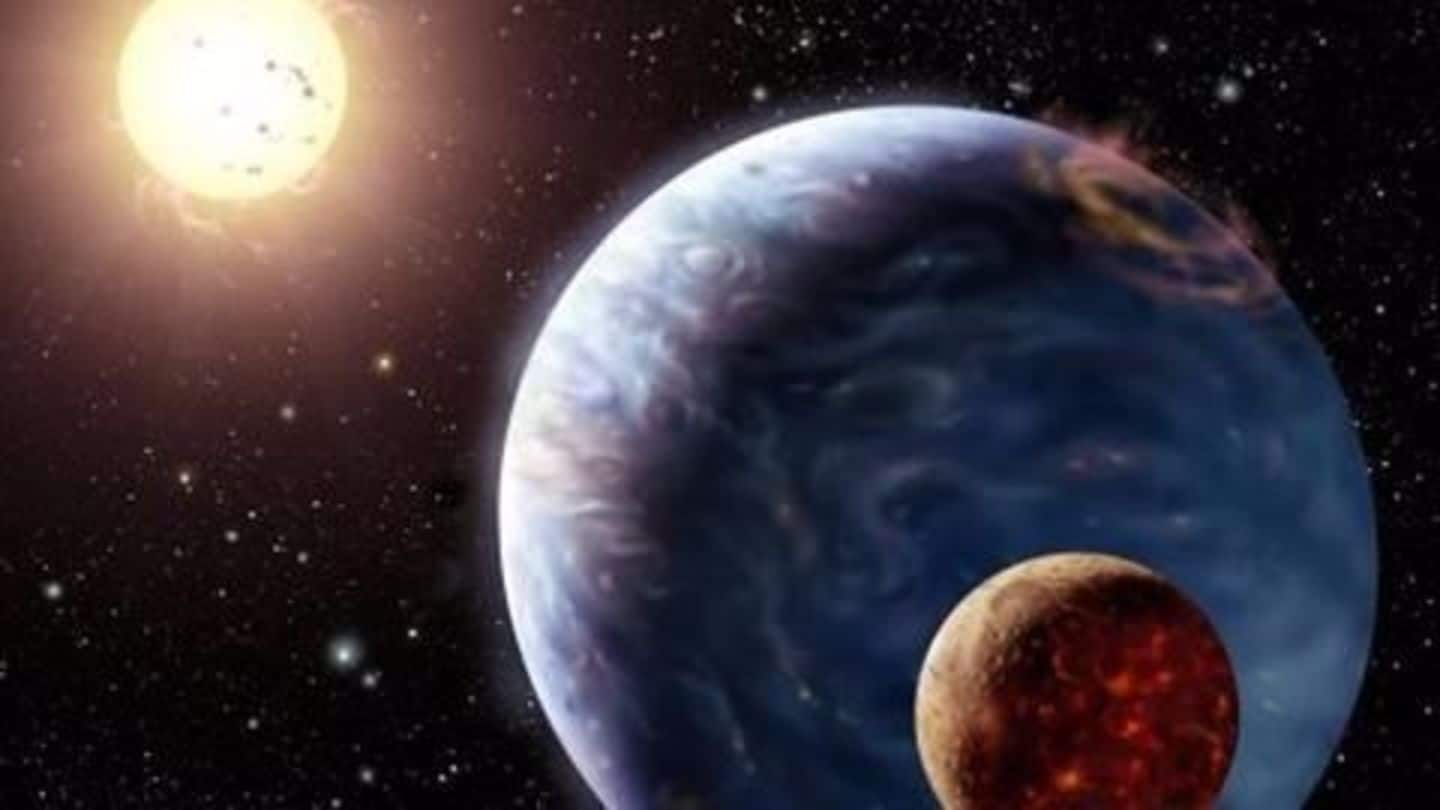
Scientists might have made a significant discovery: The first exomoon
What's the story
In what could be a significant discovery, a team of scientists has detected a signal from what is believed to be the first known "exomoon": a moon beyond our solar system. According to estimations, it is likely to be roughly the size and mass of Neptune. It circles a planet that is about the same size as Jupiter, but has 10 times the mass.
Status
Perspective: Scientists have discovered over 3,000 exoplanets, but no exomoons
Till now, over 3,000 exoplanets (planets that circle stars other than the sun) have been discovered. The search for exomoons has proceeded simultaneously, but they have never really been successful. Dr David Kipping, astronomy expert, urges caution before getting too excited about the current potential discovery: "We would describe it at this point as something consistent with a moon, but it could be something else."
Process
How do they search for exomoons anyway?
Scientists find planets by looking for tiny dips in a star's brightness when it is crossing by in front of the star (called a transit). Then they look for dimming of starlight before and after the dip in light. "Everytime we hit a candidate, we (keep inventing) tests until it fails one. In this case, we've applied everything and it's passed all," Kipping said.
The 'discovery'
So what do we know about the candidate moon detected?
The signal from Kepler-1625b was detected by NASA's Kepler Telescope during three transits- fewer than necessary to confirm discovery. It was detected from a star 4,000 light years away from earth. Now follow-up observations will be carried out with the Hubble in October. Till then, "it may as well be 50-50 in my mind", Kipping says.